Índices
|
|
|
Article I. General Description
Unique. Encartes is a biannual plural and interdisciplinary publication financed by the academic institutions that have signed its co-publishing agreement: CIESAS, El COLEF, ITESO and El COLSAN. Encartes publishes research advances and results on topics and problems of interest to social scientists.
Article II. Structure of the journal
The journal contains seven main sections:
This is a section of academic essays that discuss a specific topic called by the journal. A specialist will be invited to publish an article, theoretical or methodological essay, and a number of specialists from different disciplines or perspectives on the topic (between four and six) will be invited to comment, discuss, debate or expand on the essay of the main author. The Interdisciplinary Colloquium section proposes a new form of evaluation and adjudication established by public (non-blinded) academic discussion and debate for the central essay. Comments will be double-blind refereed. The Colloquia will be published alternately with the Anthropological Themes.
2.Themes
This is a thematic section coordinated by an academic responsible and will be published alternating with the Interdisciplinary Colloquia. It will consist of a maximum of five articles, written by specialists in the particular theme of the issue. All papers will be double-blind refereed.
This section includes original articles not associated with a central theme. Its content is miscellaneous and independent of the thematic proposals and colloquia. All papers will be double-blind refereed.
This section consists of interviews with researchers and social actors who, in the opinion of the editorial committee, are of interest to the academic community. Interviews may be audio-visual products or transcripts. The publication of this section will be occasional.
This section of the journal will include critical texts that address anthropological problems and dilemmas facing current situations and realities that are central to the reflections, debates and positions of anthropologists. This section will be published occasionally.
This section includes short and critical essays of interest to the social sciences and includes reviews of complete works of an author or a current relevant to the journal, as well as reviews of books, articles, ethnographic videos, anthropological films, art exhibitions, graduate theses and performance.
This section will be open for the publication of different products of ongoing research. It will be published occasionally subject to the availability of material received that is considered relevant. Visual ethnographies/multimedia reports with strong fieldwork support and use of social science frameworks, photo essays, documentary/ethnographic videos, poetry, life histories and oral archives will be accepted. All papers will be double-blind refereed.
Article III. Organization and decision-making bodies
Sole. In order to ensure the operation of the journal, the fulfillment of its purposes and guarantee its periodicity, an Editorial Committee (EC) will be formed, an editor will be appointed and an Academic Advisory Body (CAA) will be formed.
Article IV. Purposes of the Editorial Committee
Sole. The Editorial Committee (EC) is an academic body responsible for:
Article V. Functions of the Editorial Committee
Sole. The functions of the EC are
Article VI. Academic Advisory Body
Article VII. Powers of the editor of the journal.
(a) coordinate and follow up the editorial process of each edition of the journal.
Article VIII. Editorial Guidelines
Only original articles and reviews that have not been published and that have not been submitted for simultaneous review in other media will be considered for possible publication. Original articles written in Spanish, English, French and Portuguese are accepted, but will only be published in Spanish.
Article IX. Procedures for the original ruling.




Encartes, vol. 7, núm. 14, septiembre 2024-febrero 2025, es una revista académica digital de acceso libre y publicación semestral editada por el Centro de Investigaciones y Estudios Superiores en Antropología Social, calle Juárez, núm. 87, Col. Tlalpan, C. P. 14000, México, D. F., Apdo. Postal 22-048, Tel. 54 87 35 70, Fax 56 55 55 76, El Colegio de la Frontera Norte Norte, A. C., Carretera escénica Tijuana-Ensenada km 18.5, San Antonio del Mar, núm. 22560, Tijuana, Baja California, México, Tel. +52 (664) 631 6344, Instituto Tecnológico y de Estudios Superiores de Occidente, A.C., Periférico Sur Manuel Gómez Morin, núm. 8585, Tlaquepaque, Jalisco, Tel. (33) 3669 3434, y El Colegio de San Luís, A. C., Parque de Macul, núm. 155, Fracc. Colinas del Parque, San Luis Potosi, México, Tel. (444) 811 01 01. Contacto: encartesantropologicos@ciesas.edu.mx. Directora de la revista: Ángela Renée de la Torre Castellanos. Alojada en la dirección electrónica https://encartes.mx. Responsable de la última actualización de este número: Arthur Temporal Ventura. Fecha de última modificación: 19 de abril de 2023.
